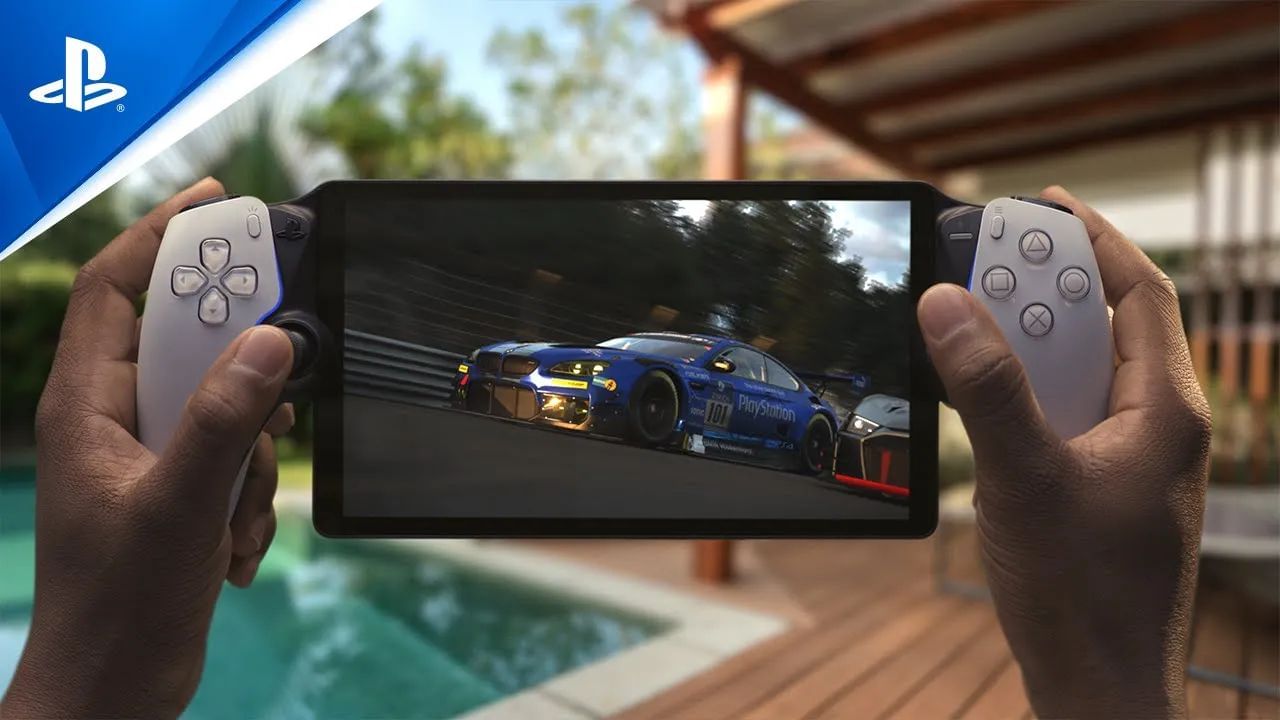It is unfortunate that Sony Interactive Entertainment had a promising device that could have been essential, particularly during end-of-year celebrations, as it would have been in high demand among PS5 owners for holiday purchases. For some unknown reason, the Japanese manufacturer did not follow through with the initiative. Consequently, we are left with a device that falls short of expectations.
The quality and condition of the connection during your gaming experience may vary based on your environment, according to the Japanese manufacturer. This statement suggests that performance can differ from room to room within your home, especially if it is constructed with thick old stones. It also implies that variations in Wi-Fi or smartphone behavior could affect connectivity, rather than issues specific to the PlayStation Portal device itself. In such scenarios, installing additional Wi-Fi distributors might be necessary, although this would add extra costs. Consequently, while the PlayStation Portal may function perfectly at a neighbor’s home, its performance cannot be guaranteed elsewhere. Additionally, Sony Interactive Entertainment has never provided information about the portability of its PlayStation Portal, as the initial concept was for it to serve as a secondary screen within family homes, freeing up the main television set. This issue does not arise for single individuals or young couples but becomes more relevant when children are present due to the complexities of managing shared TV usage and content suitability for different age groups. Despite these benefits, Sony Interactive Entertainment did not fully develop its proposal, possibly in an effort to maintain competitive pricing. At a price point of 220€, the PlayStation Portal is a considerable investment, though it is far from financially unattainable when compared to other products like the PSVR 2, which costs 600€.
The issue lies in the limited functionality of the PlayStation Portal, which is puzzling given Sony’s reputation for quality products. The device’s design has been divisive among players, generating numerous memes online due to its accessory resembling a DualSense controller cut in half with a screen attached. Indeed, it does look unattractive from certain angles. However, flipping the device reveals a less displeasing appearance; nonetheless, users are accustomed to more innovative and aesthetically pleasing designs from Sony. The decision to use a halved DualSense is understandable for ergonomic reasons, providing a secure grip while utilizing advanced technologies such as haptic feedback and adaptive triggers. This design also likely aims at cost-efficiency in research and development and mass production. Everything mirrors the DualSense except for slightly smaller analog sticks. There are no major issues reported, but concerns remain about potential fragility (such as ‘drift’), which could necessitate repairs.
Another disappointing aspect is the screen. To cut costs and maintain a competitive price, Sony opted for an LCD display, which currently represents the lowest tier in the market. It’s evident that most would have preferred an OLED screen, similar to those found on smartphones or the latest Nintendo Switch model. While offering two models—one with an LCD for budget-conscious consumers and another with an OLED (priced at 50/70€ more) for those willing to pay extra—would have been a viable option, Sony did not pursue this approach. Given our daily exposure to smartphones and other devices with OLED displays, the transition back to LCD is particularly challenging. The blacks appear grayish, the display lacks sharpness, and colors are less vibrant.
Similarly, we found that the touch interface lacked responsiveness, often requiring us to retry multiple times to open settings windows. We also discovered that it is possible to put the PlayStation Portal in airplane mode, but we cannot discern any practical use for this feature. Given the requirement for a stable and reliable connection, using the device on an airplane or even on a train, where Wi-Fi performance is still inconsistent, is impractical. Additionally, if you happen to be abroad in a hotel with a web portal login required for Wi-Fi access, the PlayStation Portal will be useless due to its lack of browser functionality. Moreover, if you believe you could use the device as a screen for streaming movies or accessing platforms like YouTube, Netflix, and Disney+, that is merely an illusion since it cannot stream such content. This is quite an incomprehensible choice by Sony, which has limited the potential of its own product concept. At least, with a battery life of 6 hours on a single charge, the PlayStation Portal offers some convenience despite having few features.
For those eager to learn more about Sony’s latest foray into the world of portable gaming, check out Carlos Mendoza’s insightful piece from August 23rd. In it, he delves into the unveiling of “Project Q,” now officially named the PlayStation Portal, a device that promises to extend the PS5 experience wherever you go. With its impressive specs and innovative features like haptic feedback and adaptive triggers in a portable form factor, this peripheral is shaping up to be a must-have for dedicated gamers. Discover all the details on how it plans to revolutionize remote play at [Read the article].
Have any thoughts?
Share your reaction or leave a quick response — we’d love to hear what you think!
